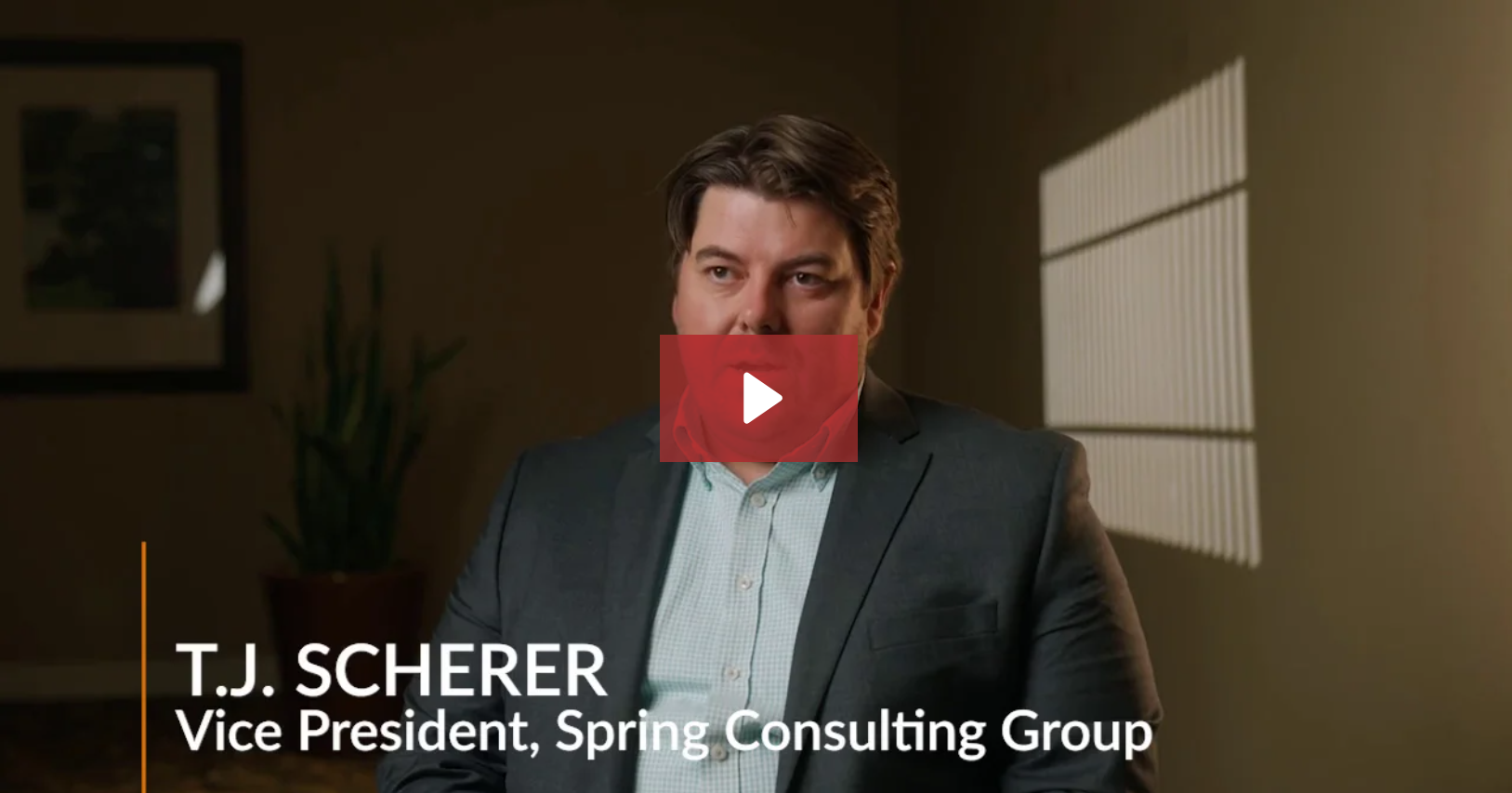People
Topics
Share
As Seen in the Captive Review Group Captive Report
Medical stop-loss coverage protects self-insured groups from catastrophic medical claims. Medical stop-loss has long been used as risk management tool by small- and medium-sized organizations to limit their exposure to medical claims above their desired retention levels. This strategy has been used by single parent programs as well as group captive programs.
The reason this strategy has been more popular in the mid-market is because of two primary reasons. First, businesses have wanted to insulate themselves from catastrophic claims risk, as one large claim could have a material impact on the financial sustainability of the program. Second, the relatively small size of the groups means greater variability from an actuarial perspective. In comparison, large companies have stronger balance sheets allowing them to take on a more aggressive risk management strategy and reduce third party spend with insurers.
As I write this in April of 2020, there are a myriad of unprecedented challenges facing both small and large employers and medical stop-loss can help mitigate some of these concerns. Recently, we have seen a shift in the market where large employers are increasingly becoming interested in reviewing the possibility of leveraging a captive to provide medical stop-loss coverage. I anticipate this trend to continue. Below are four points as to why.
As we stare towards the possibility of a recession and reduced economic output, poor investment income will have an adverse impact on insurance company financials.
Prabal Lakhanpal
- Hardening markets
This past renewal season, we saw that markets are starting to harden, and given the current Covid-19 pandemic and the financial and economic climate, this is bound to continue. A variety of factors have contributed to this including regulatory changes (ACA and healthcare reform) and many recent natural disasters (Hurricane Harvey, California wildfires, etc.). Insurers for a large part of the past decade have benefitted from the favorable financial markets world over, thereby reducing their need to increase rates to continue to make their target earnings per share (EPS).
As we stare towards the possibility of a recession and reduced economic output, poor investment income will have an adverse impact on insurance company financials. Further, as markets tighten, access to inexpensive cash is becoming harder. Since most insurance companies are public, the increased pressure to keep their share prices buoyant is going to result in them wanting to beat their expected EPS – which requires higher profit margins. Finally, as reserves balances diminish due to market conditions, principles of conservatism are going to require them to shore up financials, and the easiest way to do this is by increasing premiums.
These factors coupled with the ongoing pandemic, which will likely result in an increase in aggregate claims, led me to believe hardening insurance markets are upon us. This is likely to result in an increase to reinsurance costs for employers who are currently self-insured. A well-structured medical stop-loss solution can help employers navigate these market conditions by providing them greater control over the program and creating an alternate avenue for reinsurance.
Hardening markets make captives more favorable, as they allow for customized coverage otherwise unavailable in the commercial market. Employers currently using captives have been provided an opportunity to leverage the captive program to fund for Covid-19-related expenses. For non-captive employers, this impact is felt directly on their financial statements.
- Cashflow volatility due to higher claims costs
Claims costs have been increasing at an aggressive pace. The US has long been criticized for poor population health management, with rising chronic conditions like diabetes that are expensive to treat. In addition, the pricey cost of medication has made extremely high cost claims a reality of healthcare. Claims in excess of $1m are becoming commonplace. For large employers, who are traditionally self-insured, such claims cause volatility from a cashflow perspective, making it harder for finance teams to budget and build expected proformas. Using a medical stop-loss program eliminates this volatility as claims above the self-insured retention level are funded in the captive, creating a level funded premium plan.
- Upwards healthcare trend
According to studies by PwC, while medical cost trend has been flat for a couple years, it is expected to increase from 5.7% to 6% in 2020. This rise in healthcare costs is attributable to an increase in the utilization rates. Medical trend increases are outpacing those of inflation, which was 2.07% in 2018 and 1.55% in 2019.
As a result, employers have had to leverage solutions such as high deductible health plans and other forms of cost sharing to bend the healthcare cost curve. The crux of the issue is that now organizations are having to combat both rising medical trends as well as increasing claims costs, while still needing to retain talent and provide competitive benefits.
A well-crafted medical stop-loss solution can help ease the burden for employers and provide them a sustainable way to bend the healthcare cost curve. Development of a formal reserve mechanism is an efficient way for employers to set aside dollars to mitigate large cost increases in the future. While an employer cannot control what happens in the insurance and healthcare markets, they can make the decision to put themselves in a position to be able to navigate the landscape more efficiently. We are seeing an increasing number of CFOs drive conversations around better managing employee benefits spend as it is becoming one of the largest expense items for organizations.
- Control
By writing stop-loss into a captive, an employer can leverage captive savings to focus on initiatives most useful for its employee demographic. We have seen employers use the captive savings for wellbeing initiatives as well as cost control programs focused on disease management for conditions like diabetes or musculoskeletal problems. This kind of structure can then be tied with programs dedicated to population health management, wellness and health advocacy for a robust, employee-first package aimed at gradually reducing claims costs.
Using a captive provides employers access to data in a timely manner, allowing them to better analyze and review drivers of claims, in turn providing them an opportunity to implement measures that would focus on addressing those drivers. While this is possible without a captive, we have seen employers are more engaged when using a captive — meaning they are more likely to create a structured approach to claims and cost management leveraging the captive. In my view, this is because of lack of funds for such initiatives and the lack of a structured risk framework in some cases. Using a captive to underwrite medical stop-loss addresses both of these aspects.
Transparency is one of the core benefits of a captive. Once organizations begin to use a captive funding solution for its medical spend, they usually begin to expand their horizons for other cost reduction initiatives. One such initiative has been carving out drugs (Rx). Using a pharmacy benefit management (PBM) solution can generate additional savings ranging between 15% to 30% of Rx spend. These savings are in addition to those that an employer may recognize by restructuring their funding approach. Further, these savings have a multi layered benefit, reducing the overall medical trend and generating additional reserves for the program to offset possible cost increases in the future.
In general, large employers are more accustomed to customization and retaining control, so a captive program for medical stop-loss aligns with their needs and enhances their ability to control their healthcare programs. Better data analytics and understanding of claims also provides employers the ability to be more reactive and make necessary changes quickly, in a much more agile setup. A captive provides monthly and quarterly reports which are usually much more detailed and timelier than those provided by a commercial insurer. Finally, adding additional risk to the captive also helps the risk managers develop a more comprehensive understanding of enterprise risk at large.
Conclusion
Medical stop-loss coverage in a captive continues to be a prudent business strategy for companies of all types and sizes. It creates multi-layered protection. Large employers are beginning to realize the attractiveness of such a program, whose advantages have been especially highlighted lately due to market and global economic shifts and conditions.



